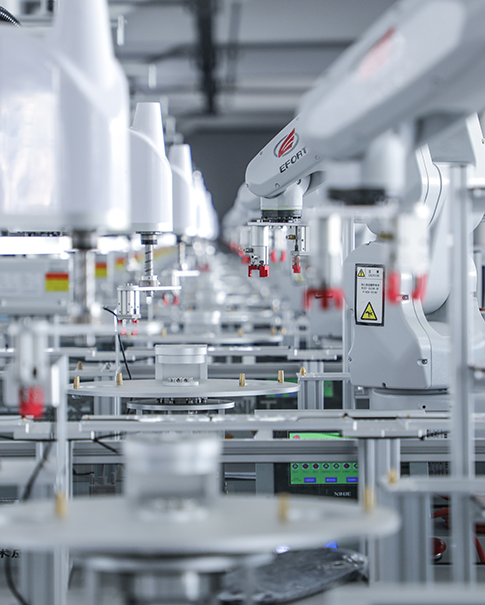Have you noticed the operational interface in the control room starting to lag? When there are delays in field device data transmission, it might be a warning sign from an outdated DCS system. According to research by ARC Advisory Group, more than 60% of traditional DCS systems experience a drop in data processing speed by over 30% after 10 years of operation. These seemingly minor performance declines can lead to delayed scheduling commands, reduced equipment coordination efficiency, and even unplanned shutdowns in continuous production scenarios. A chemical enterprise once failed to trigger safety interlocks in a timely manner due to insufficient processing power of the core controller during an emergency, resulting in a 3-hour production interruption. Modern DCS systems optimize through distributed architectures, enabling millisecond-level data response, and can provide real-time energy efficiency analysis with the help of AI algorithms, features that are out of reach for older systems.
The 2023 ICS-CERT industrial control system vulnerability report shows that attacks targeting DCS have increased by 217% in three years, and 85% of high-risk vulnerabilities exist in systems that have been running for more than 8 years. Outdated DCS systems generally use proprietary protocols and lack effective network security protection modules. In the converged scenarios of the Industrial Internet, they are tantamount to opening a gap in data security. A food processing enterprise once failed to upgrade its DCS in time, allowing malware to implant false temperature data, rendering the sterilization process of an entire production line ineffective and resulting in the recall of products worth millions. New-generation DCS systems have built-in defense-in-depth architectures, support the OPC UA secure communication protocol, and can achieve end-to-end encryption from the field layer to the management layer, effectively resisting advanced persistent threats.
When an engineer opens the control cabinet and finds that an I/O card's indicator light is abnormal, they may face the awkward situation of being unable to purchase spare parts. Mainstream DCS manufacturers typically provide 10 - 15 years of lifecycle support for hardware. Equipment beyond this period can only be sourced from the second-hand market or through third-party compatible solutions. A power company spent a significant amount on maintaining a 1990s-era DCS system, with spare parts costs accounting for 40% of the annual maintenance budget. In contrast, modern DCS systems adopt modular designs and standardized interfaces, reducing downtime by 50% during component replacements and significantly lowering long-term maintenance expenses.
With the continuous evolution of industrial regulations, older DCS systems often struggle to meet the latest safety and environmental requirements. For example, new European Union directives mandate real-time monitoring and reporting of emissions data from industrial processes. Legacy DCS systems may lack the necessary data interfaces and computational capabilities to comply with these regulations, exposing companies to potential fines and reputational risks. Upgrading to a modern DCS ensures seamless integration with regulatory monitoring platforms, automating compliance reporting and avoiding costly penalties. A manufacturing plant in the United States was fined $2 million for failing to meet air quality standards due to its outdated DCS's inability to accurately measure and control emissions.
An upgraded DCS isn't just about maintaining operations; it's a strategic investment for business growth. Modern DCS systems integrate with enterprise resource planning (ERP) and supply chain management systems, enabling end-to-end visibility across the production process. This integration allows companies to optimize inventory management, improve production planning, and respond more quickly to market demands. For instance, a consumer goods manufacturer that upgraded its DCS was able to analyze production data in real-time and adjust production schedules based on fluctuating consumer preferences, increasing market share by 12% within a year. Additionally, advanced analytics capabilities in new DCS systems can predict equipment failures before they occur, further enhancing operational efficiency.
Email us
Reply within one working dayVisit us
32D Guomao Building, No.388, Hubin South Road, Siming DistrictDisclaimer : Salesplc sells new and surplus products and develops channels for purchasing such products. This website has not been approved or recognized by any of the listed manufacturers or trademarks. Salesplc is not an authorized distributor, dealer, or representative of the products displayed on this website. All product names, trademarks, brands, and logos used on this website are the property of their respective owners. The description, explanation, or sale of products with these names, trademarks, brands, and logos is for identification purposes only and is not intended to indicate any association with or authorization from any rights holder.
Copyright @2024 SalesPlc Limited. Sitemap
/ Blog
/ XML
/ Terms And Conditions
/ Privacy Policy
 Network Supported
Network Supported
